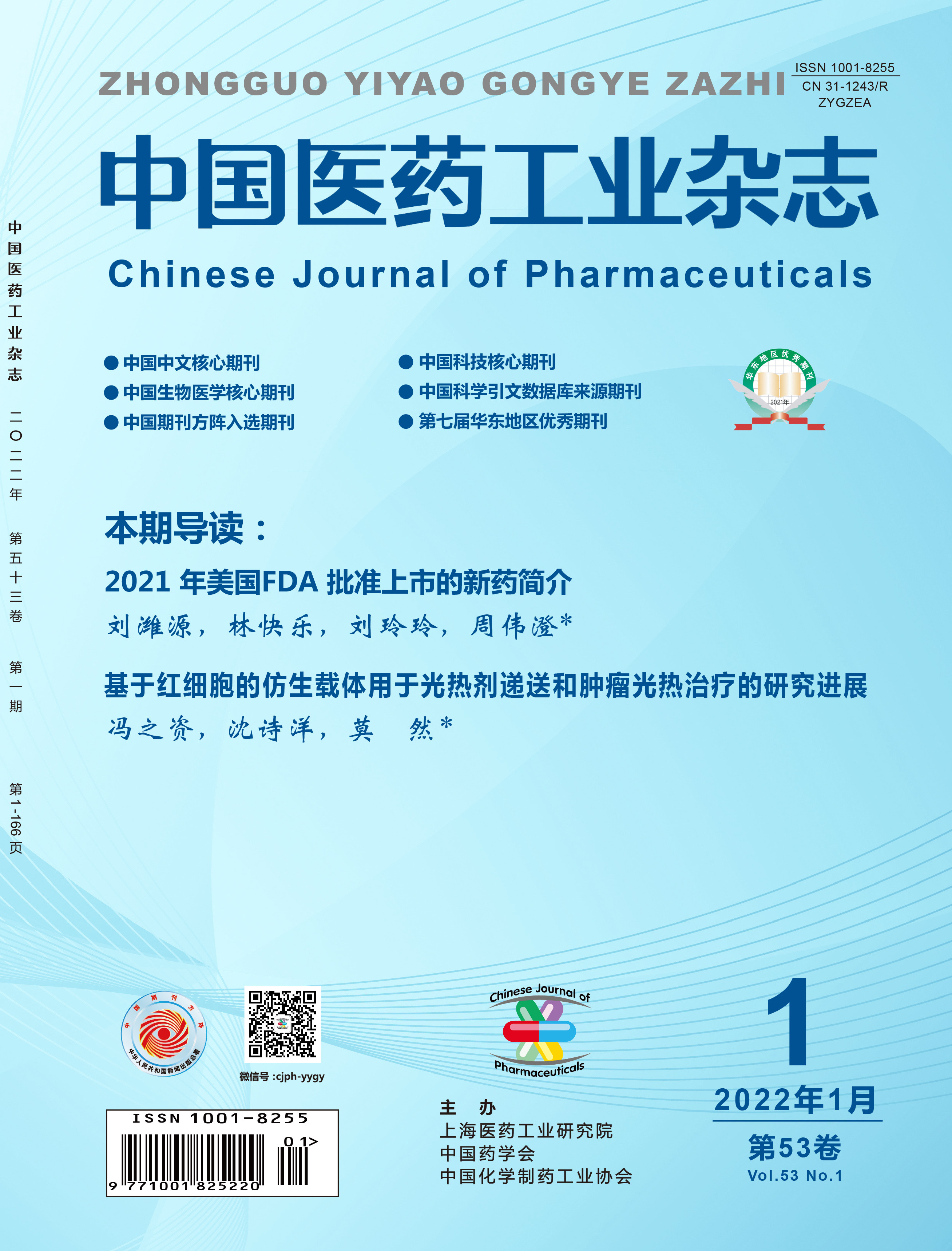Paper
ZHAO Jianhui, MA Yiwen, LI Shiqiao, PAN Hongjuan
An online solid phase extraction(SPE)-high performance liquid chromatography(HPLC)-diode array detection(DAD) method was established for the determination of seven nitrogen oxide genotoxic impurities in lansoprazole(1) and its preparations, namely lansoprazole N-oxide(2), lansoprazole sulfone N-oxide(3), lansoprazole sulphide N-oxide(4), lansoprazole impurity G(5), 2,3-dimethyl-4-(2,2,2-trifluoroethyl)pyridine-N-oxide(6), 2,3-dimethyl-4-nitropyridine-N-oxide(7) and 2,3-dimethylpyridine-N-oxide(8). The XB-C18 online SPE column (4.6 mm×50 mm, 4.6 μm) was used, and the analytical column was XB-C18 column(4.6 mm×250 mm, 4.6 μm). And the sample was removed by switching the six-way valve. The analysis was carried out in the gradient elution mode with 15 mmol/L dipotassium hydrogen phosphate solution as mobile phase A, and methanol as mobile phase B. Seven impurities were detected with multiple wavelengths, 285 nm for 2, 3, 4 and 5, 260 nm for 6 and 8, and 310 nm for 7. The results showed that the separation among the seven impurities all met the requirements, and it was linear for 2 - 8 in the corresponding concentration range. The limits of quantification and detection of the seven impurities were 4 and 2 μg/g, respectively. This method had good repeatability and accuracy, which provided a reference for the quality control of 1 and its preparations.
